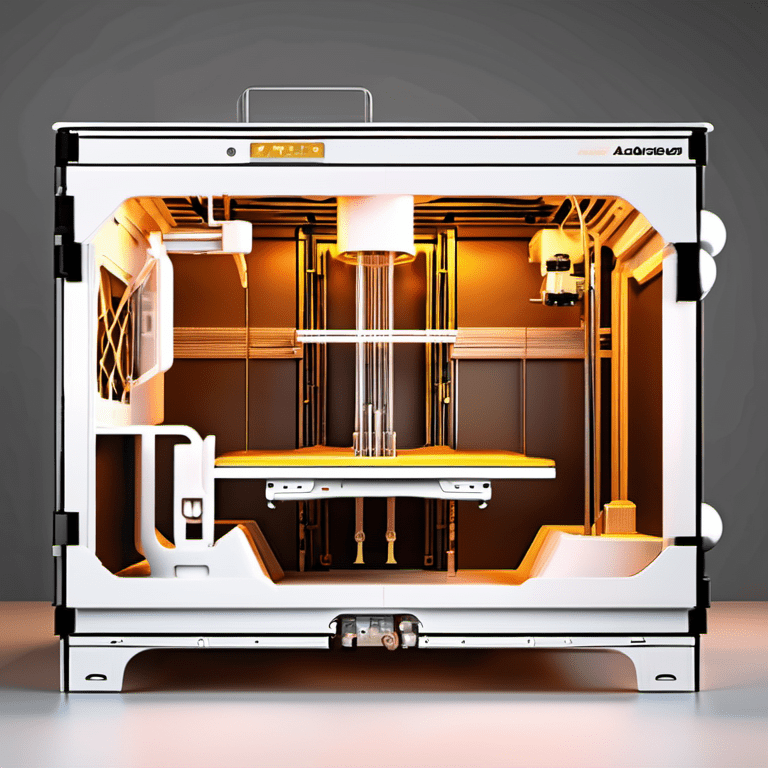Need:
The advent of 3-D printing has revolutionized the manufacturing industry, offering a plethora of opportunities for innovation and customization. However, one of the significant challenges that manufacturers face is the integration of industrial gases into the 3-D printing process. The need for this integration arises from the fact that certain 3-D printing processes, such as selective laser sintering (SLS) and direct metal laser sintering (DMLS), require an inert gas environment to prevent oxidation and ensure high-quality output.
Solution:
The solution to this challenge lies in developing a comprehensive understanding of how industrial gases interact with different materials during the 3-D printing process. This involves studying the properties of various gases, such as argon, nitrogen, and helium, and determining how they can be effectively used in 3-D printing. For instance, argon is often used in metal 3-D printing due to its inert nature that prevents oxidation and ensures a smooth surface finish.
Moreover, it’s crucial to understand that different materials require different gas atmospheres. For example, while argon might be suitable for metals, it may not be ideal for polymers or ceramics. Therefore, manufacturers need to conduct extensive research and testing to determine the optimal gas for each material.
Action:
To crack the code of integrating industrial gases into 3-D printing, manufacturers need to take several actions. First, they should invest in research and development to understand how different gases interact with various materials during the 3-D printing process. This could involve partnering with universities or research institutions that have expertise in this area.
Secondly, manufacturers should consider investing in advanced 3-D printers that are designed to work with industrial gases. These printers typically have built-in gas management systems that can control the flow and pressure of the gas during the printing process.
Lastly, manufacturers should also focus on training their staff on how to safely handle industrial gases. This includes understanding the potential risks associated with each gas and how to mitigate them.
Profit:
The integration of industrial gases into the 3-D printing process can lead to several benefits. Firstly, it can significantly improve the quality of the printed products, leading to higher customer satisfaction and potentially higher sales. Secondly, it can also reduce waste by ensuring that the printing process is more efficient and precise.
Moreover, by investing in research and development, manufacturers can stay ahead of the competition and position themselves as leaders in the 3-D printing industry. This can enhance their brand reputation and potentially attract more customers.
Conclusion:
Cracking the code of integrating industrial gases into 3-D printing is not an easy task. It requires a deep understanding of both the properties of different gases and how they interact with various materials during the printing process. However, by investing in research and development, purchasing advanced equipment, and training staff on safe handling practices, manufacturers can successfully integrate industrial gases into their 3-D printing processes. This not only improves product quality but also positions them as leaders in this rapidly evolving industry.
